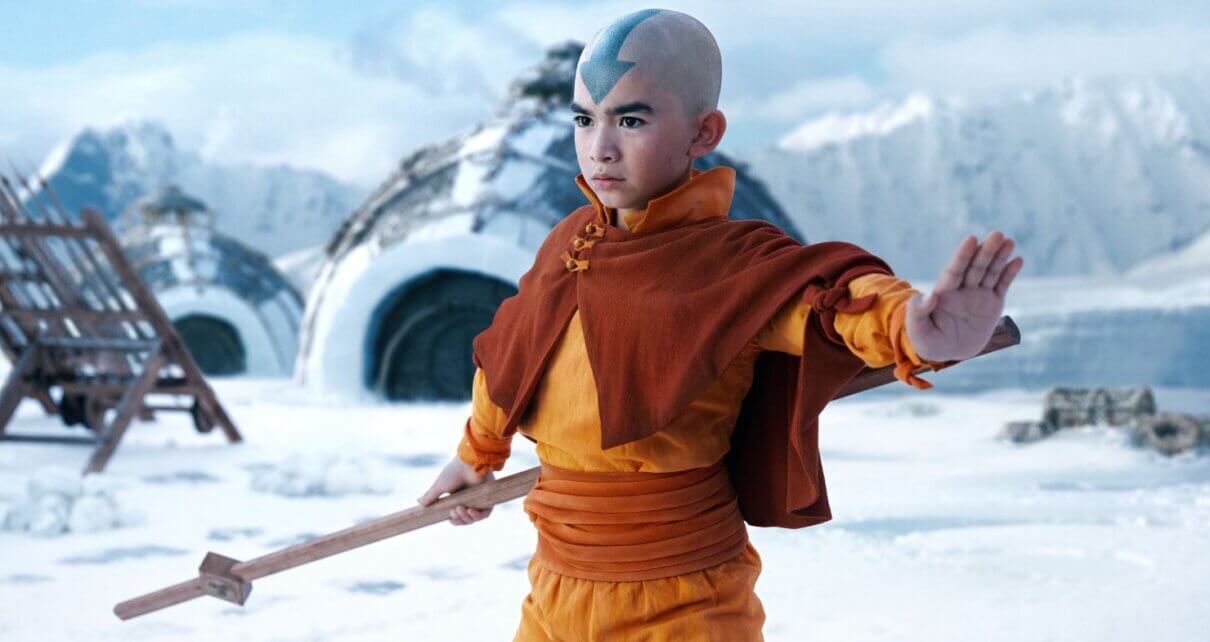“Avatar: The Last Airbender” was released on Netflix on Feb. 22, and many Netflix subscribers were conflicted at the show’s release considering an earlier adaptation had failed in 2010. Not only had this adaptation fallen through, but it also had its fair share of directors, anticipated release dates, and cancellations. This further added to audiences’ anxieties about whether or not the show would not only honor but additionally contribute to the original story and depict a new era of social culture.
The story follows young Aang after he is found in an iceberg by Katara, the last water bender in the southern water tribe, and her brother Sokka, the leader of that water tribe. They find Aang and are very confused when it is revealed he has the markings of an Airbender, a race who had disappeared 100 years ago, and is also the Avatar. The trio goes on a quest to help Aang navigate the world and master each of the four elements. The story is not simple; it’s complicated by complex characters all navigating the world after the Avatar’s disappearance and the Fire Nations’ attempts to slowly rule all the Nations. All these people are trying to find themselves amongst the constraints of war, sometimes unjustly. Aang helps people to see hope is not always a sign of weakness but rather a bridge to bring people together.
There has been a mix of reactions to the new adaptation. Some see it as a good thing since it demonstrates the effective use of CGI in creating symbols that reinforce common themes about courage and kindness in times of war. However, it is complicated as it is debated that giving voices to underrepresented groups is not enough, considering that characteristics and variations of each tribe throughout the four nations are lacking and also rely too much on the original series for a plotline.
The character of Katara goes against this point in the show, explaining how they have lost not only their culture due to the loss of water bending but due to their overall outlook on balance. Perhaps this is why they are wearing the same color—it’s a way to honor those they’ve lost, which can be also seen in the episode titled “Warriors.” Even Omashu, who limits who can go in and out, has people from a variety of different places and backgrounds.
No word has been said on whether there will be another season, following the original book in the sequence of seasons, but directors hope it will. Whether it does will be up to audiences, and Netflix, to decide.




